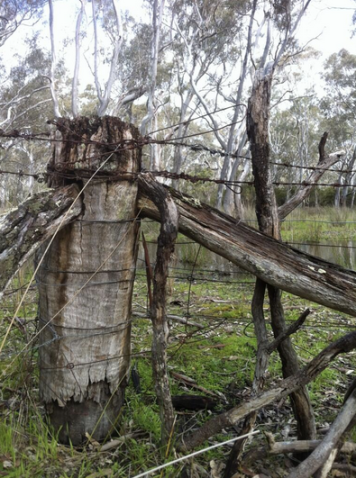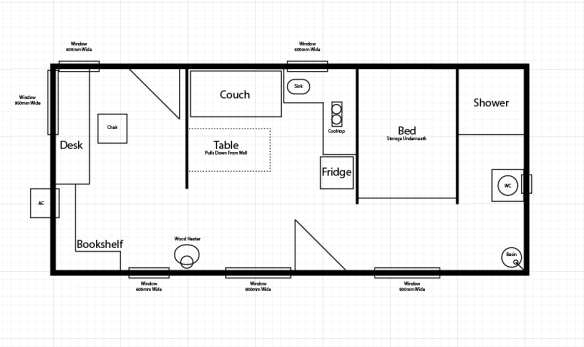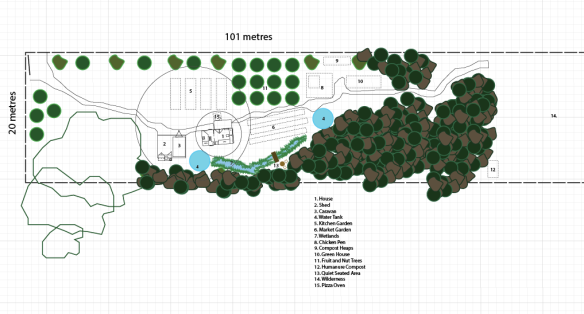I’m known for being a bit pedantic. I spend far too much time pouring over data and plugging it into spreadsheets. But it’s something I enjoy and adds value to my property searches. Knowledge allows me to feel in control. Without it I am filled with self-doubt and uncertainty and feel as though it is an uncalculated risk. With it I can make sound decisions and back myself up.
This is how I go about searching for property:
1. Find a property of interest.
I’ve used a plethora of sources to find property. The major real estate sites (Domain and Real Estate), Gumtree, eBay, real estate agent sites (e.g. Professionals, Ray White, etc), word-of-mouth, roadside ‘for sale’ signs, wanted ads, Grassroots Magazine – the list goes on. The major real estate sites have been the most help and I am on them most days searching newly listed properties. Gumtree is great, especially if you want to deal directly with vendors – cutting out the middle man and potentially reducing the price.
Once I have found a property I ask a million questions.
2. Ask questions. Lots of questions.
What is the land zoned? Are there any planning overlays that may impact on development? What is the public transport like? Is there a general store or pub or supermarket? If not, how far is it from amenities? What’s the soil like in the area? What are the people like – are they like-minded or pitchfork-wielding red necks? What have other properties in the region sold for? How long has this property been in the market? What’s the climate like – summer temperatures, rainfall?
These are just some of the questions I research for every property that catches my fancy. I attempt to answer them a number of ways.
3. Seek answers.
Here is a list of methods which I use to answer the above questions:
– Planning Maps Online (PMO) – PMO is my favourite site. It’s jam-packed with useful tools and information. By typing in an address I can see what the zoning is, whether there are any overlays that may restrict what I can do with the land (e.g. whether it is bushfire or flood prone, sensitive indigenous historical site, etc), the dimensions of the block, etc.
– Council websites. All council websites have a section of planning and building.
– PT Victoria – Public transport is hugely important to me. I check whether there are services that runs near the property.
– Google Maps – Great for viewing satellite images of the property, seeing it in Street View, and researching the surroundings.
– Google – I google things like “[town name] general store”, “[town name] pub”, and so on. It’s interesting how many times I have googled to see whether the town has a store to discover a real estate listing for the general store, or the pub.
– Bureau of Meteorology (BOM) – Currently, I live in the driest state in the country. Our rainfall is quite low by Eastern state standards. The idea of living somewhere comparably dry doesn’t bother me too much. BOM has a nifty function that allows you to export historical climate data – temperatures, rainfall – into Excel which helps to sort and compare data. Mostly I use it to check average annual rainfall and maximum summer temperatures – few places I have checked get as hot as Adelaide in summer which is nice.
– Community pages – A lot of towns have their own community home page. These websites are useful for general information about the town and often give a historical rundown. Many have email addresses to local people that may be helpful. I have emailed a number of folk this way and have struck up a few new friendships.
– Email and phone – I contact real estate agents, people I discover through associated webpages (members of local community groups, etc), business owners – anybody that I can find the contact details for who may be able to share a bit more information about a town or region.
4. Weigh up the features.
Once I have answers to my questions I tend to rank the property in a spreadsheet I designed. Weightings are given from 1 to 5 (1 = poor, 5 = excellent) on such things as public transport, climate, prettiness, soil, community, amenities, closeness to Adelaide, and so on. The higher the rating, the better the property.
5. View the property.
The cream of the crop, I go and view in person. These are the properties that really tick the boxes. As I live so far away, it’s important that I get the most out of these visits – I can’t be travelling 1200km return to see a property that was never going to work.










